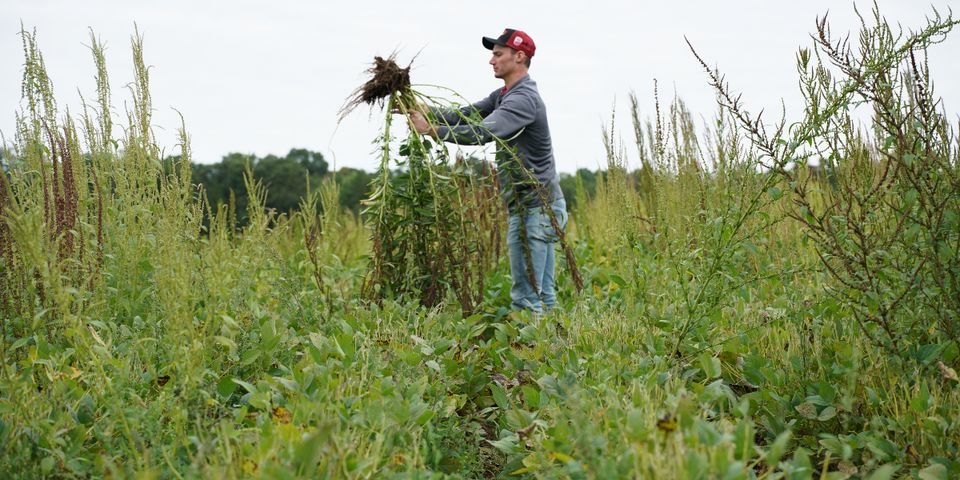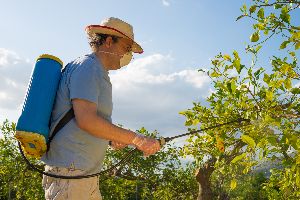How Can Soybean Farmers Control Weed Growth?

Removing weeds from their soybean fields is an ongoing challenge for farmers. Without proper herbicide sites of action, a few minor weeds can turn into tens or hundreds of thousands in the span of a year. Unfortunately, prominent species have become more resistant to control measures. With new herbicides and programs provided by local agronomy advisors, you can protect your yield all year.
How Has Weed Control Changed Over Time?
Modern weed control methods began with the herbicide Roundup® in the 1970s. By 1996, seed genetics and advanced chemicals were used to control weeds more effectively. However, modern varieties of waterhemp, marestail, giant ragweed, and Palmer amaranth are resistant. Farmers can no longer plant, wait, and return with applications of Roundup. They no longer provide effective short- or long-term weed control.
What Should a Modern Herbicide Control Program Contain?

From a chemical perspective, agronomy advisors now rely on residual herbicides for weed control. However, simple applications are not enough. Consult with an advisor. They help farmers develop herbicide control programs customized to their land and yield. The plans will include multiple sites of action and multiple residual chemistries layered throughout the year.
Agronomy advisors will also note that chemistry shouldn't be a farmer's only line of defense. Common practices, like tillage and crop rotation, work with herbicides to combat weed growth.
How Can Farmers Protect Their Soybean Fields?
Soybean fields are particularly vulnerable to the negative impact of resistant weeds. While the best way to combat weeds is to never let them out of the ground, farmers still need a proven effective herbicide program. Many advisors found success by applying cornfield weed control strategies to soybean fields.
Farmers should put down a pre-emerge product before or shortly after planting. After 30 days, they should make another pass with residual herbicides and a knockdown chemistry for resistant weeds. Soybean farmers can choose between Liberty® (Glufosinate), Xtendimax® (Dicamba), and Enlist® (2, 4-D). Consult an agronomy advisor before purchasing one of these herbicides. The best solution depends on if the product is labeled for use on approved genetic soybeans. Other variables, like the seed traits you purchased and where you planted them, also factor into the selection process.
With the proper selection of seed traits and products, even older chemistries can effectively control weed growth. If your land experiences undesirable plants, reach out to Allied Cooperative. For over 100 years, their agronomy advisors have helped Adams, WI, farmers find the right chemistries and develop customized programs to eliminate resistant species. They also provide fungicide and micro-nutrient packs to increase yields and make your land more profitable. For more information on their herbicide recommendations and seed trait selections, visit their website or call them at (800) 247-5679.
About the Business
Have a question? Ask the experts!
Send your question

